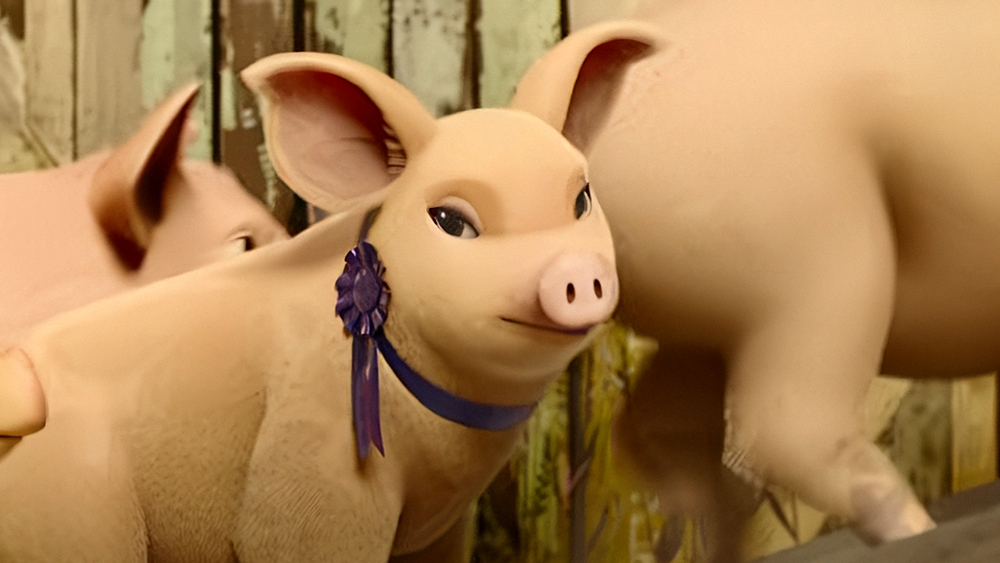Why indie game Possessor(s) ditches Unreal Engine 5’s latest tools for hand-drawn art
Heart Machine reveals the animation and illustration influences behind its new game.
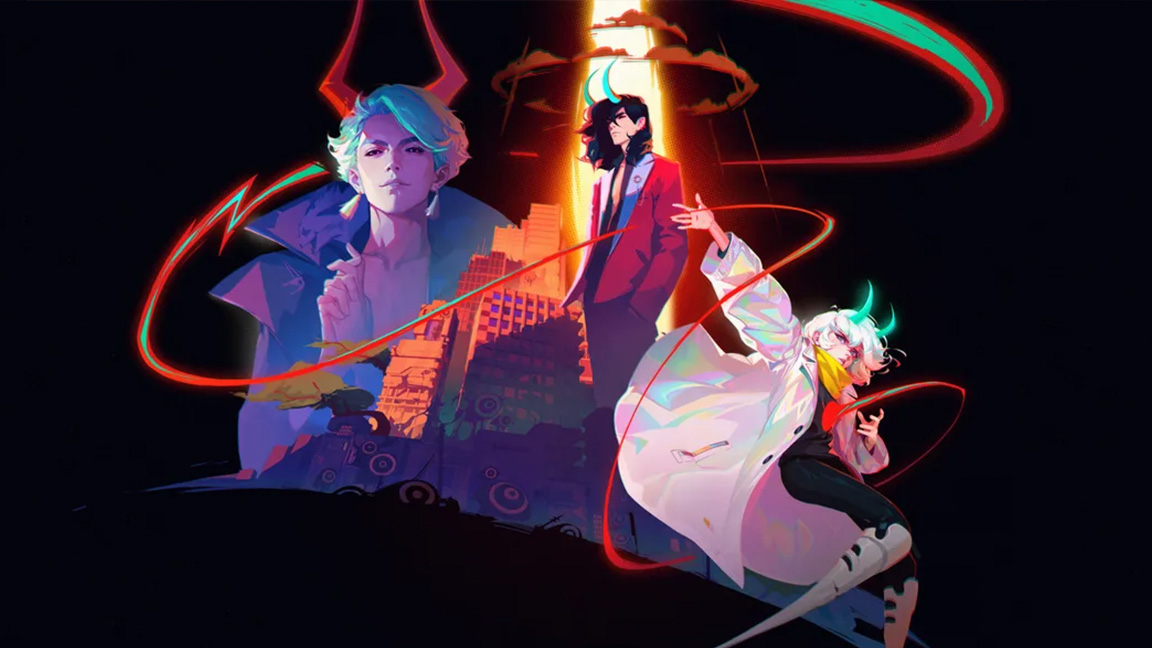
Having broken out a decade with pixel art hit Hyper Light Drifter, indie developer Heart Machine's subsequent games leaped from 2D in GameMaker to 3D in Unreal Engine, including Solar Ash and Hyper Light Breaker. It's an evolution we've also seen for other indies like Digital Sun's Moonlighter sequel, which makes it interesting that its latest game Possessor(s) is a return to 2D, sort of.
Rather than the 2D Zelda-inspired top-down perspective of Drifter, this is a side-scrolling 2D plane that's typical of a Metroidvania, or search-action, as the team likes to refer to it. The environments are, however, presented in 3D, which provides an immersive atmosphere and scale to the mega-city that Possessor(s) is set in, and which demons have possessed.
"Some of the major influences were things like Annihilation, Somerville, Severance, Inside, HP Lovecraft, overall anything that gave us that overarching feeling of melancholy, an almost oppressive, heavy beauty," says principal environment artist Wolfgang Traenkle.
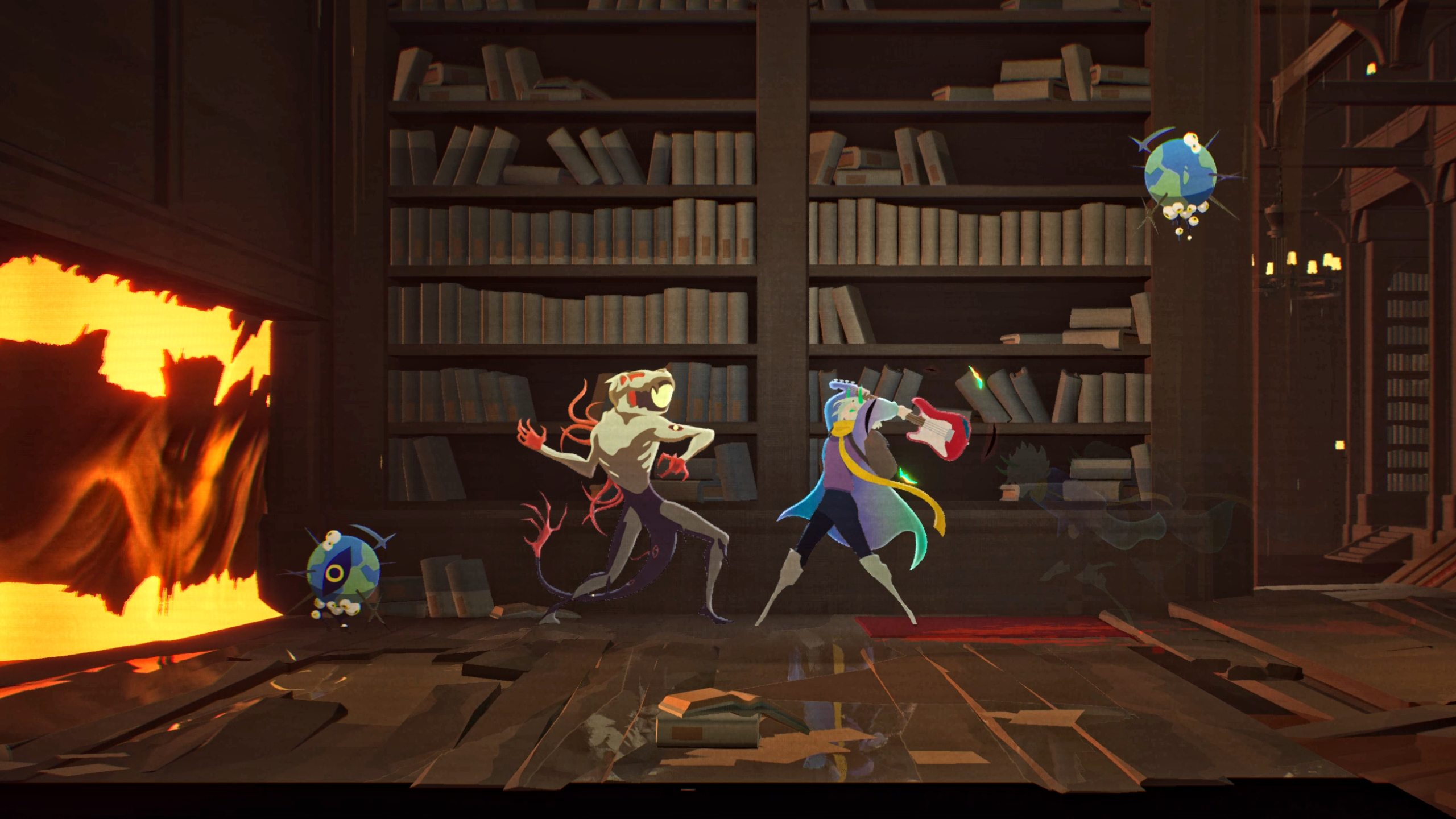
Upgrading to Unreal Engine
Heart Machine also upgraded to Unreal Engine 5 for this game, although the choice was made not to implement the engine's new tools like Lumen and Nanite. "There were still kinks and unknowns with the system when we were getting started," Traenkle explains. "Ultimately, we decided not to use some of the newer features, partially because we wanted to keep our options open in terms of what platforms we wanted to release on, and some of these tools could have potentially limited those options."
Instead, where Possessor(s) really triumphs is leveraging 2D hand-drawn art in its foreground, from its unique character and enemy designs to animation that takes inspiration from fighting games like Super Smash Bros. As part of its demon-fusion world-building, your protagonist, Luca, has survived by fusing with a demon called Rehm, growing back her lost limbs but also new powers (and horns).
The flip side of that is that the enemies happen to be mundane objects that have been possessed by demonic entities, while you're also fighting with makeshift weapons, from a hockey stick to a computer mouse, which sounds like a lot of fun for senior technical designer Curtis McKinney.
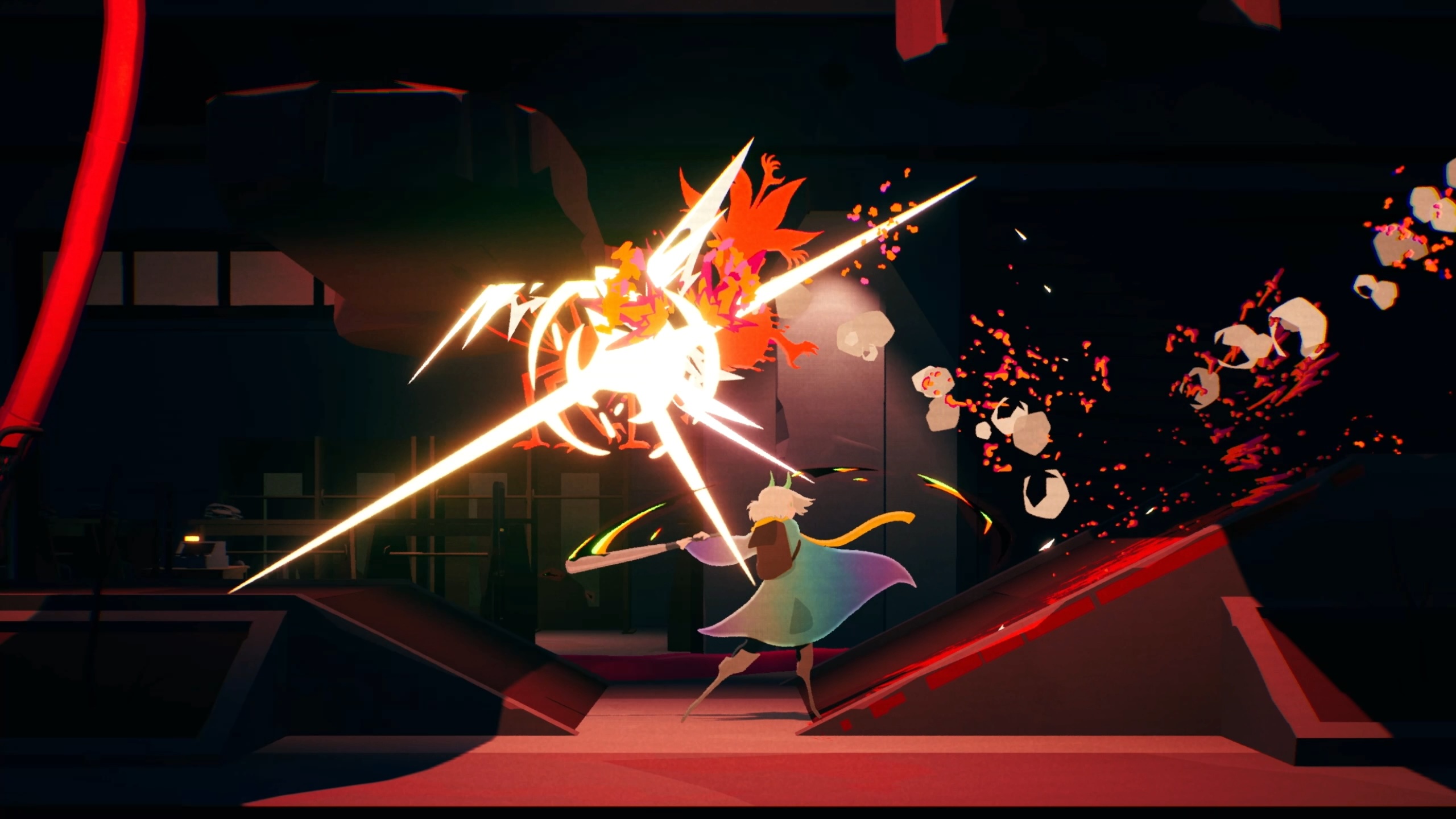
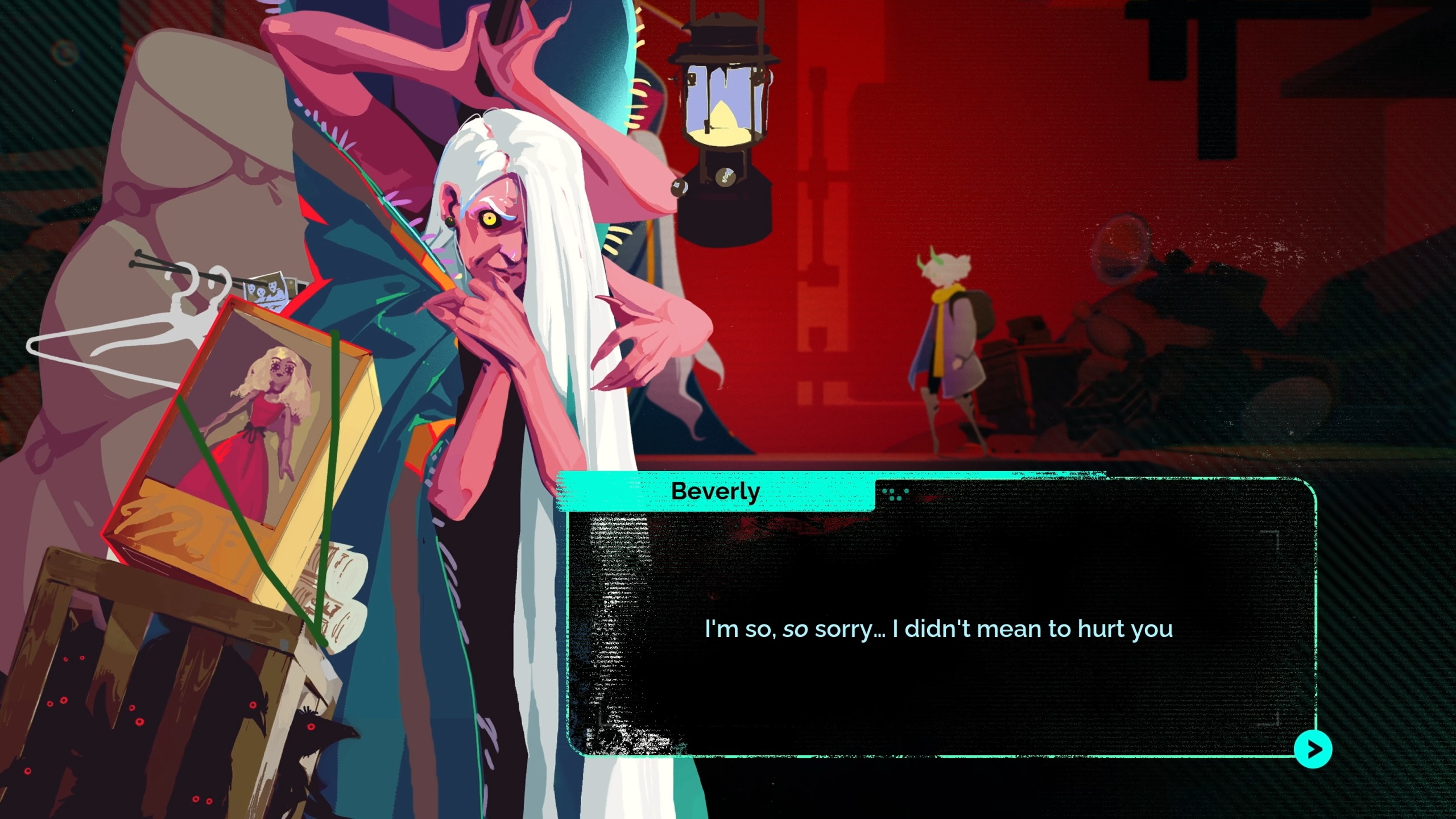
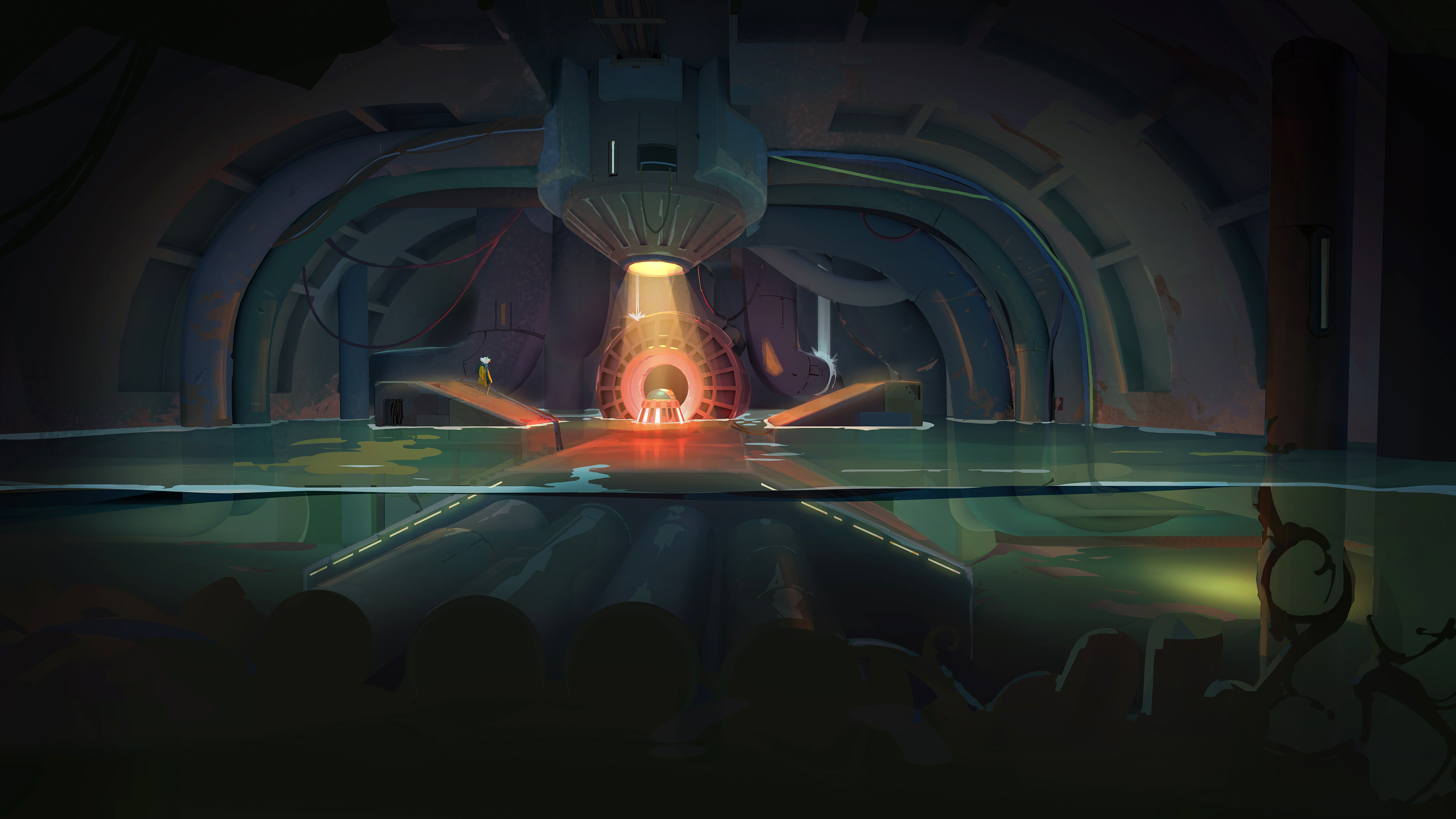
Playing with character design
"When designing enemies, I'm always thinking about what makes this thing unique, what would this entity do that nothing else would do," he explains. "They're a collection of very unique entities that you would almost never normally see in a game. What would a demonically possessed filing cabinet do? How might a demonic Exit Sign threaten you? That's fun, that's interesting! There's so much there to think about and explore."
Daily design news, reviews, how-tos and more, as picked by the editors.
With that wide variety of potential enemies you can encounter and tools you can utilise, that also means they all have their own bespoke set of animations. That's also been especially important in the combat design that's taken inspiration from fighting games where every frame becomes of paramount importance.
"We're very concerned with timing and game feel, and we analyse all of our movements and attacks down to the individual frame," McKinney explains. "If you want player skill to manifest, you need to create a system with appropriate risks, rewards, and punishments, and you need to give the player the tools to overcome challenges in their own unique way. There's an anatomy to every attack."
On ensuring readability and clarity of these attack animations, animator Ace Schneider adds, "I paid close attention to key poses, timing, and impact to ensure each frame communicated our intent clearly and stylishly. The detail gets down to frame-by-frame polish and often a lot of redrawing to make sure the silhouettes are always reading."
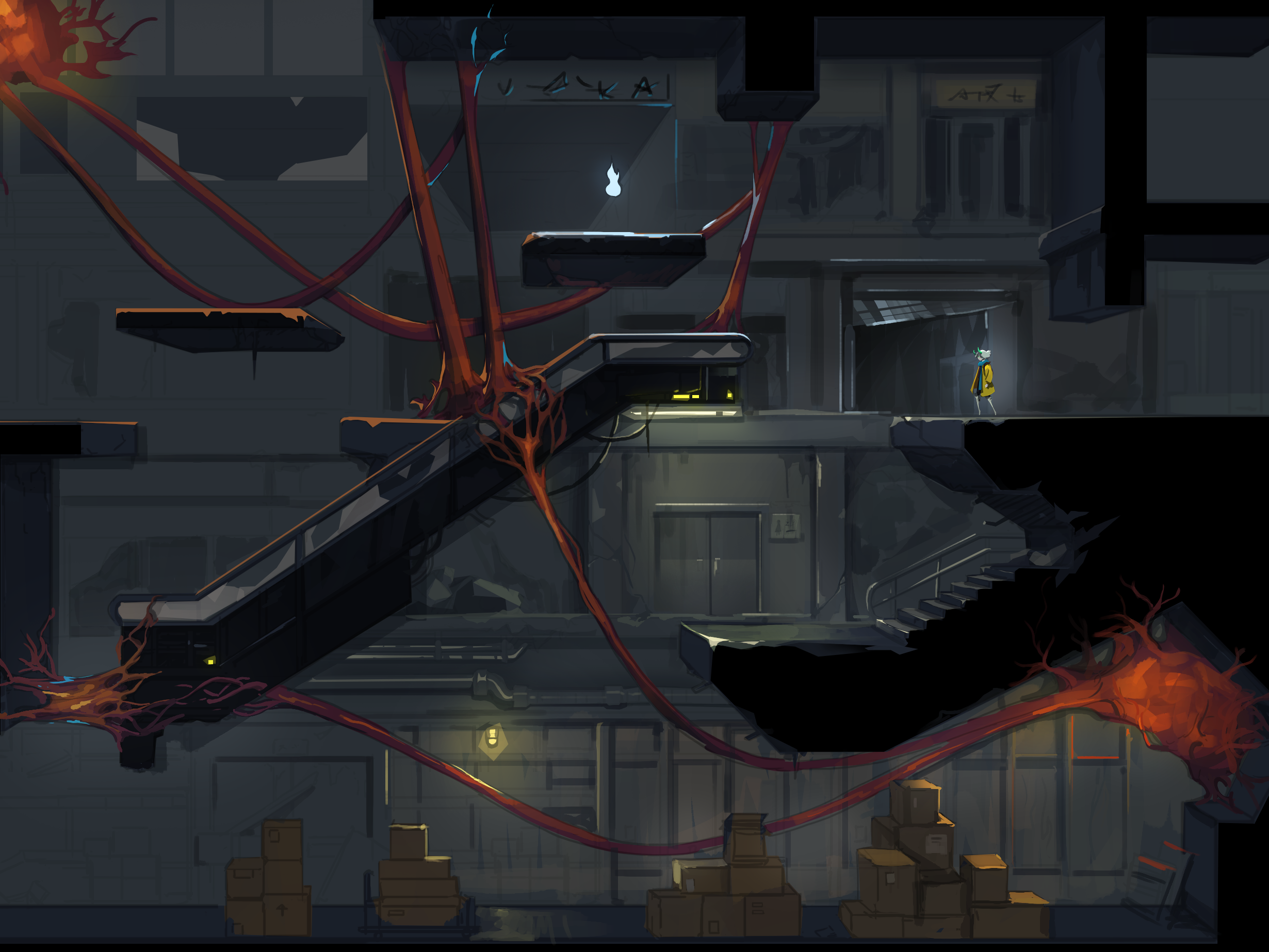
Curating the VFX
VFX artist Ivan Phu would also draw over attack animation frames to add additional flair and directionality. "Even the VFX takes some care to make sure that the attacks are feeling like they’re thematically matching the world and the characters, but also to make sure that the shapes of the VFX are landing in the correct space with the correct timing," he explains. "Even adding or removing an extra frame of a swipe effect can make an attack feel considerably slower or faster than intended."
Yet while there are some very detailed attack animations, which the camera can also close in on, when it comes to the story, the team opted not to use illustrations. "Our in-game character sprites are very small and we simplified them a lot for legibility, while the decision to have character portraits for our dialogue was made very early in development," explains Possessor(s) producer Myriame Lachapelle.
"Sophie Medvedeva, our character concept artist, is incredibly talented, so we decided to utilise her talent to have additional full-screen illustrations for bigger moments during flashbacks or intense story moments. Also, if we only used in-game sprites for those, we’d have missed out on our hot demon abs, you know."
Possessor(s) releases for PC and PS5 on 11th November. Visit the Heart Machine website for more info.

Alan Wen is a freelance journalist writing about video games in the form of features, interview, previews, reviews and op-eds. Work has appeared in print including Edge, Official Playstation Magazine, GamesMaster, Games TM, Wireframe, Stuff, and online including Kotaku UK, TechRadar, FANDOM, Rock Paper Shotgun, Digital Spy, The Guardian, and The Telegraph.
You must confirm your public display name before commenting
Please logout and then login again, you will then be prompted to enter your display name.
